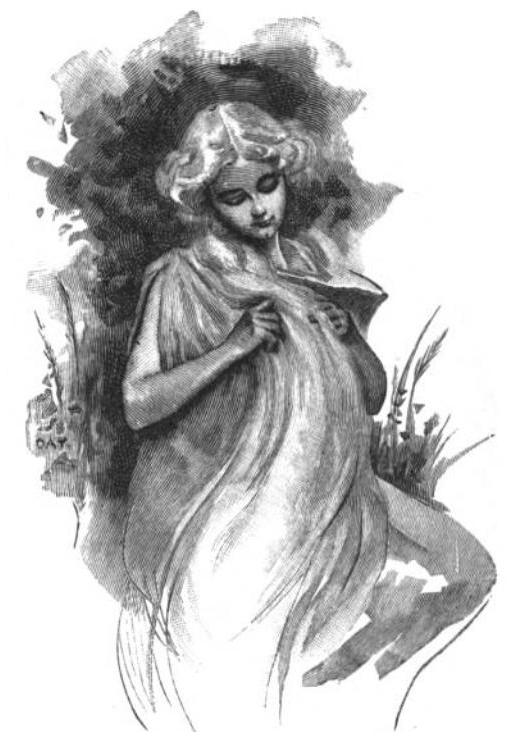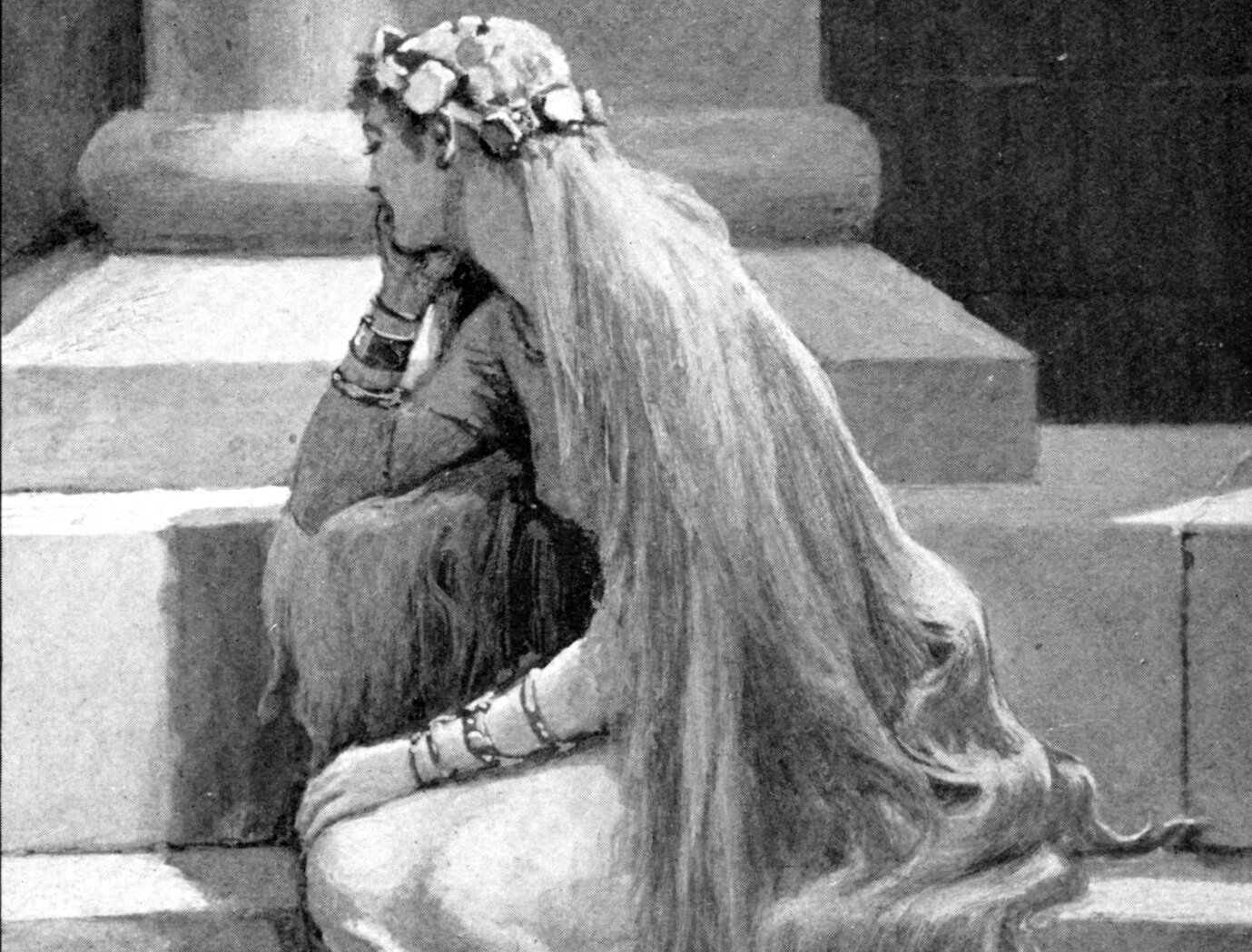Known for her long golden hair and for blessing farmers as they plowed the field, the Norse goddess Sif's essence is rooted in the Earth, fidelity, and fertility. She is also the wife of Thor, the god of thunder.
Revered during Viking times, much of her legacy is overshadowed by a jealous Loki. The trickster god cut Sif’s long golden hair, angering the Norse gods and sending the conniving Loki in search of a way to make amends.
According to Norse myth, Loki returned to Asgard with new hair created by the dwarves known as the Sons of Ivaldi. But the hairpiece for the goddess Sif wasn’t the only gift Loki brought back. Ever the calculating trickster, Loki presented gifts to Odin, Freyja, and Thor. His prank on Thor’s wife was forgiven, and Sif fell into the background.
But the Earth goddess Sif is so much more than just a victim of Loki’s mischief. Sif was an important figure to the Norse people. Though not the most well-known of the Norse goddesses, Sif’s legacy is one of connection, bounty, and strength.
What is Sif the Goddess of?
The Norse goddess Sif has many names. She is known as the Earth goddess, the goddess of fertility, and the goddess of the harvest. The Norse people would pray to her when they plowed their fields, hoping for a bountiful growing season.
The goddess Sif was also closely associated with family and connection. Her name Sif comes from the Old Norse word, Sifjar. Sifjar (Germanic Sibja) means relationship or connection by marriage.
The singular for Sifjar is Sif and is only used in reference to the Earth goddess Sif. The Old English “sib” means family.
Goddess Sif’s Symbolism
The goddess Sif symbolizes fertility, fidelity, and connection with family.
Sif also symbolizes a connection to the Earth and abundance. As the wife of Thor, Sif has an even deeper symbolic meaning.
Thor is known both as the god of thunder and as the sky god. When combined with the Earth goddess and the goddess of the harvest, Sif and Thor are a true power couple in Scandinavian culture.
Sif is the soil and the Earth, Thor the sky and the rain. Together they nourish the fields that grow the crops.

Is Sif Thor’s first wife?
Sif was the second of Thor’s wives.
Jarnsaxa was Thor’s first wife, and they had two sons–Modi (Courage) and Magni (Strength). Sif and Thor had a daughter named Thrud (Might). Sif also had a son named Ull (sometimes Ullr), who was the stepson of Thor.
Very little is known about Jarnsaxa, including whether she was Thor’s wife or simply a lover. 13th–century Icelandic author Snorri Sturluson further muddied the water regarding Jarnsaxa’s identity. In his work, the Prose Edda, it is unclear if Sif herself is also called Jarnsaxa or if she was the rival of Thor’s first lover.
Sif’s Story in Norse Myths
Loki’s Prank
The story of Loki’s prank is one of the most prominent mentions of Sif in Norse myths.
After waking with her glorious golden hair cut short, Sif was beside herself. Thor was enraged, sending Loki away to find a replacement for Sif’s golden hair.
But Loki cutting Sif’s long golden hair wasn’t a harmless prank. Like many cultures, long hair was a status symbol and an important part of a woman’s identity in ancient Scandinavian culture. Loki being able to access and cut Sif’s golden hair was also suggestive of accessing her body. Like everything else Loki did, violating Thor’s wife in this way was a massive insult to the god of thunder.
Loki commissioned a golden headdress from the dwarves known as the Sons of Ivaldi. They created a new hair piece for Sif, along with two other gifts for the gods–the Spear of Odin known as Gungnir and Freyja’s magical ship Skidbladnir. Loki conned the dwarves Sindri and Brokkr into making 3 more gifts–Thor’s hammer, Freyja’s golden boar, and the soul ring called Draupnir.
Upon placing it on her head, the headdress melded to Sif’s scalp. Like Sif’s golden hair, the new hair became part of her. The headdress is said to be made of gold and wheat, another connection to nature and the land.
The creation of 6 Magical Gifts for the Norse gods
While Sif never received the same level of attention as goddesses Frigg and Freyja, Sif’s unfortunate encounter with Loki was the catalyst for the creation of the 6 magical gifts from the dwarves to the Norse gods.
Her misfortune led to her in-laws Odin and Freyja receiving important gifts that would change the trajectory of all their lives. Loki’s prank and his quest to bring new hair to Sif also led to the creation of Mjölnir, Thor’s hammer.
What rune and animals are Sif associated with?
Sif is most closely associated with wheat, grains, and other harvest crops. But she is also associated with two tundra swans. Like Sif, the swans represent beauty and strength. Sif is also associated with the harvest rune, Jera.

The rune Jera signifies patience, abundance, and the change in seasons. Steadfast and patient, the rune Jera embodies living in harmony with the yearly changes in nature.
Sif, the goddess of the harvest, existed in harmony with the seasons, and the ancient Scandinavians were known to pray to her for an abundant crop and a fruitful harvest.

